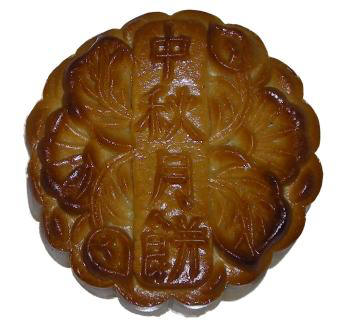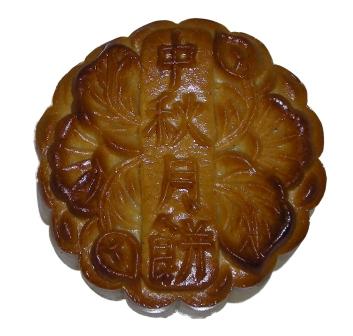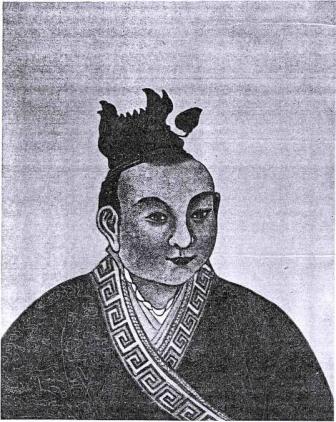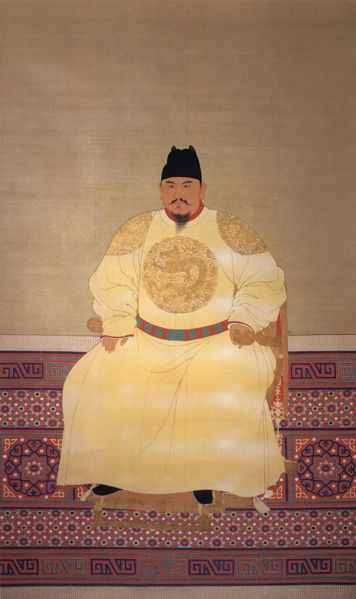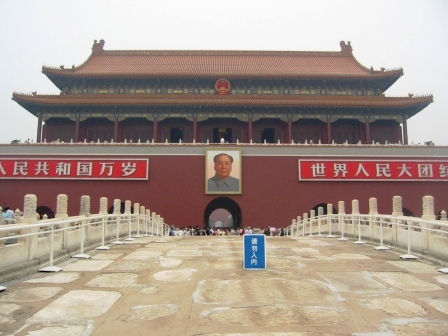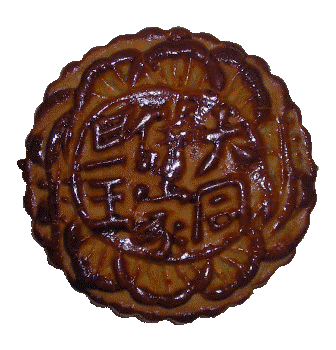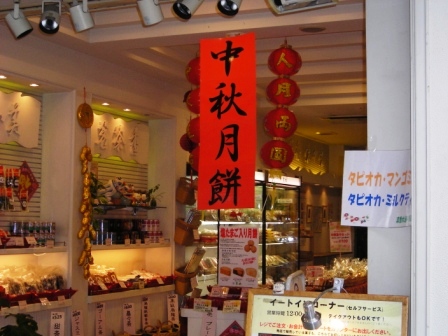
| Home | Chinatowns of the world | Festivals | Culture | Food Culture | History | Countries |
| Chinese Religion | Tours | Sitemap | Documentaries | About | Contact |
Moon cake and the MongolsA popular Mid Autumn legend claims that moon cakes were instrumental in the overthrow of the Mongol dynasty, 元朝, that ruled China from 1271–1368. Chinatownology locates this myth against the historical backdrop of the Mongol dynasty. Mid Autumn versionUnder the oppression of Mongol rule, a plan was devised to overthrow the Mongols. Messages were inserted into moon cakes so that families were informed of the rebellion. The message supposedly read “kill the Mongols on the 15th of 8th lunar month”. Accordingly to the legend, people responded to the call and managed to drive the Mongols out of China and led to the founding of the Ming Dynasty, 明朝, in 1368. Historical versionIn 1271, the Mongols established the Mongol Dynasty or Yuan Dynasty, 元朝, and by 1279, defeated the Chinese Southern Song Dynasty, 南宋. The Mongols introduced four social categories for their subjects. The top of the hierarchy were Mongols followed by Western and Central Asians, former subjects of the Jin Dynasty (including Chinese) and the bottom were the former subjects of the Southern Song Dynasty (mainly Chinese subjects). The results of Mongolian economic policy such as tax farms and inflation as well as land management failures caused much hardship especially for those at the lower end of the hierarchy, the former subjects of the fallen Southern Song Dynasty. Socially, there controls targeted at the Chinese population. Chinese subjects were not allowed to gather in public, could not own weapons. At one stage, Kublai Khan even forbade Chinese from using bamboos as it could be used to manufacture bows and arrows. There were certainly constrains in communication as well. The various policies resulted in much resentment against the Mongol rulers and many Chinese scholars refused to serve the Mongol government. In less than one century, the Mongol rule over China weakened and various rebellion movements rose to challenge the dynasty. By 1355, one of the rebels, Zhu Yuan Zhang, 朱元璋, emerged as the leader of the rebellion movement. In 1356, he captured Nanjing, 南京, and used it as his based to consolidate his power against other rebel groups. In 1367, Zhu Yuan Zhang sent troops north towards the capital of Yuan Dynasty (today’s Beijing). On 14 September 1368 (2nd day of the 8th lunar month), Zhu Yuan Zhang's troops entered the Mongol capital and the Mongol Emperor Toghun Temur retreated into Mongolia. Zhu Yuan Zhang declared the establishment of the Ming Dynasty, 明朝, and made Nanjing the capital of his new dynasty. Mid Autumn version vs. Historical versionWas moon cakes used as a communicate medium for the final uprising to overthrow the Yuan Dynasty? The movement to overthrow the Yuan Dynasty was not a single unified force directed towards the Mongolians. The rebels were collectively known as the Red Turbans, 红军, after their headdress or Incense Army, 香军. Within the Red Turban, there were internal struggle for leadership. The contending leaders installed figurehead Emperors but eventually declared their imperial ambitions. In 1367, when Zhu Yuan Zhang emerged as the leader of the rebels, he sent troops towards the Mongol capital to mark his final victory. The forces sent to attack the Mongols were rebel troops under the control of Zhu Yuan Zhang. Orders were issued from Nanjing, outside of Mongol control and the troops were not civilians as suggested in the Mid Autumn version. There was no need for communications to be sent through moon cakes. The Mid Autumn story does reflect controlled communication among civilians under Mongol rule. Hence, it is possible that the story refers to rebellion movements against the Mongols but not the final uprising that overthrew the Yuan Dynasty in 1368. On the other hand, most of the rebellion movement appropriated popular religious ideas as a unifying force. One of the slogans used was “the empire is in great disorder, Maitreya Buddha shall descend to be reborn and the King of Light shall appear in this world.” (天下大乱弥勒下生明王出世). This “popular” movement was different and not related to the mainstream Buddhism practiced at that time. The Red Turban itself had distant association with the millenarian White Lotus Society, 白莲教 and had used similar concepts to install one of their Emperor in 1355. The, Emperor, Han Ling er, 韩林儿, was known as Lesser King of Light, 小明王. This made the more rational and intellectual message in the Mid Autumn version incompatible with the Red Turban style. It is likely that Zhu Yuan Zhang appropriated popular belief for his political ambitions. After the Ming Dynasty was founded, he issued an edict to ban heterodox teachings (左道乱正). Four traditions were mentioned; Maitrya, White Lotus, Manichaeism and White Cloud. Leaders of heterodox sects faced penalty of strangulation while followers faced the penalty of 100 strokes of flogging and banishment. If moon cakes had been used as a communication medium under the Mongols, it reflected an attempt to overcome the social control. However, it is not likely to have brought about a civilian driven uprising that overthrew the Yuan Dynasty. Last but not least, the Ming troops entered Mongol capital on the 2nd day of the 8th lunar month of 1368 (14 Sept 1368). It was 7 days before the Mid Autumn Festival!
References:J.A.G. Roberts. The Complete History of China (Paperback) Sutton Publishing; New Ed edition (October 25, 2003) Hubert Michael Seiwert, Ma Xisha. Popular Religious Movements and Heterodox Sects in Chinese History. Brill Academic Publishers (June 2003) Patricia Buckley Ebrey, Kwang-ching Liu. The Cambridge Illustrated History of China (Cambridge Illustrated Histories) Cambridge University Press; New Ed edition (May 13, 1999) Related Articles: |
|
| Join us on | Youtube | |||
| Copyright © 2007-24 Chinatownology, All Rights Reserved. | ||||
